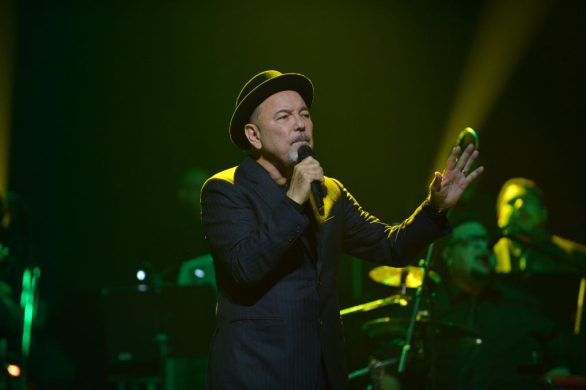I anledningen af en retssag om drab af oprindelige folk opfordrer peruviansk NGO for stammefolk til styrkelse af deres rettigheder som det bedste middel i kampen for miljø og mod klimaforandringer.
Det fremgår af en erklæring, der kan læses på Rainforest Foundation’s hjemmeside. Erklæringen er skrevet af AIDESEP, en organisation af oprindelige folk, der arbejder med stammefolks rettigheder.
Erklæringen er offentliggjort i anledningen af en retssag om en 5 år gammel sag angående en konflikt mellem politi og oprindelig folk med 33 dødsfald til følge.
I erklæringen fastlår organisationen, at øgede rettigheder til oprindelige folk samtidigt betyder beskyttelse af miljø og klima. Erklæringen indeholder en lang række forslag til initiativer, der bør være hovedprioriteter ved de internationale klimaforhandlinger.
Den næste store runde af klimaforhandlinger afholdes netop i december dette år i Lima, Peru.
Peru is passing through a decisive phase for both the jungles of the Amazon rainforest and its indigenous peoples.
In the upcoming months the following issues will be debated and resolved: regulations for the Forestry Law, auctioning of 4 million hectares of forestry concessions to large corporations and expansion of oil / gas, oil palm, and destructive mining.
All of this is happening while the country commits – via norms, plans, and promises to the international community – to reduce deforestation, pollution, and poverty in the Amazon.
Peru will be put to the test, given that, “between words and actions, there is a long way to go.”
This will particularly be the case from December 1 – 12, at the 20th conference of parties for the United Nations Framework Convention on Climate Change – UNFCCC (COP20), in front of more than 15,000 representatives from 195 countries, the United Nations, and civil society.
It’s an event that confronts the largest challenge and tragedy of all time: What to do in order to not pass 2 decrees of catastrophic warming? What to do to keep alive the Amazon forest, of which Peru has the second largest extension?
We have an unrepeatable opportunity to achieve decisive changes in Peru and the world in favor of continuity of life on the planet, which is our primary intergenerational responsibility.
Amazonian Plan for “Full Life”
AIDESEP – like a tree with deep roots that brings together 1,500 communities from 50 indigenous peoples, organized into 76 local and 9 regional organizations – reiterates the emergency need to transition from the resource extraction led development model toward harmony between nature-society-cultures, through a national plan that includes nine components:
* Titling of 20 million hectares: 1,167 communities (311 need to be recognized, 594 need to be titled, and 262 need to be expanded) communal reserves (6), territorial reserves (5) and collective ‘integral’ territory for 10 indigenous peoples;
* Priority for forests in current use: agroforestry, aquiculture, and bioindustrial production;
* Communal Forest Management and Indigenous REDD+;
* Intercultural health and education; * Community-based socio-environmental monitoring and mitigation;
* Collective and citizen indigenous rights;
* Promotion of indigenous women and youth;
* Solution to community conflicts. This plan is fundable, dedicating at least 1% of the national budget (1.1 billion Soles) to 70% of the national territory, in addition to contributions from extractive industries and global climate / environmental funds.
Holistic Indigenous Forestry Management
A central component of this post-development model is Community Forestry Management (CFM), which needs to stop being the ‘back wheel of the car’. Indigenous peoples demand respect as the primary forestry actors given the 13 million hectares currently under indigenous community title, through measures like:
* Redefine the map of Permanent Production Forests (PPF) such that logging companies don’t invade indigenous communities;
* Finance CFM technical units within regional governments;
* Independent auditing of the failed “model of large forestry concessions” and sanctions for whomever is involved in “laundering illegal logging”;
* Cut out of the PPFs and logging concessions any area transited by indigenous peoples in voluntary isolation;
* Respect the indigenous right to original possession without limiting it by “procedures and time frames”;
* Develop indigenous peoples’ Forestry Management Plans by river basins and not just community by community;
* Deal with the vacuum and invisibility of indigenous women in the regulation for the Forestry Law;
* Don’t promote either forest plantations or monocultures.
Læs videre her: http://www.rainforestfoundation.org/article/aidesep-statement-bagua-trial-where-indigenous-peoples-have-rights-there-are-forests














